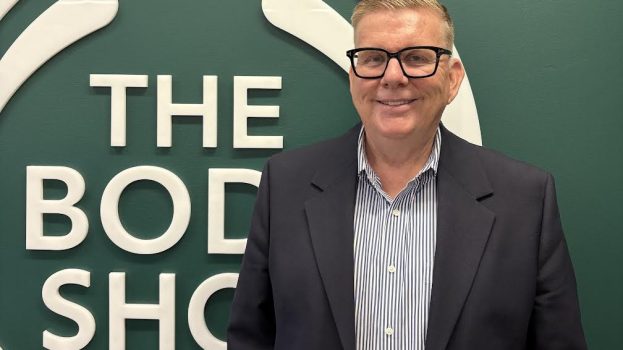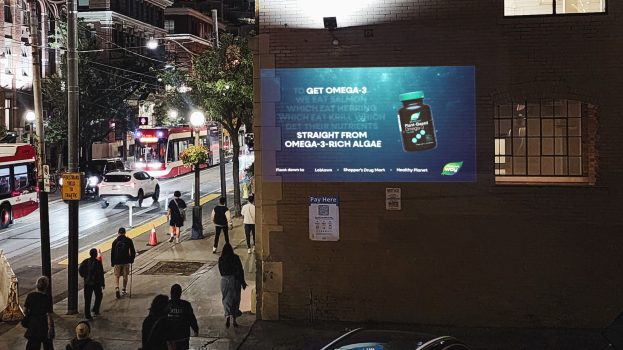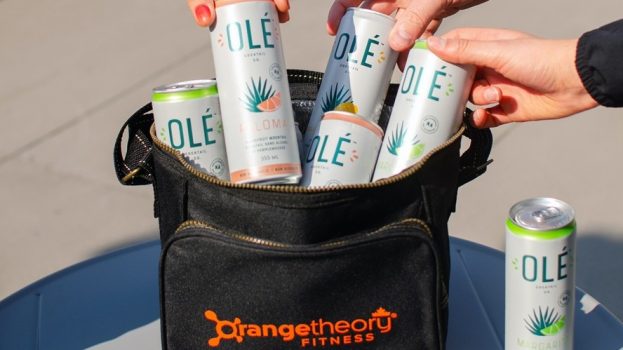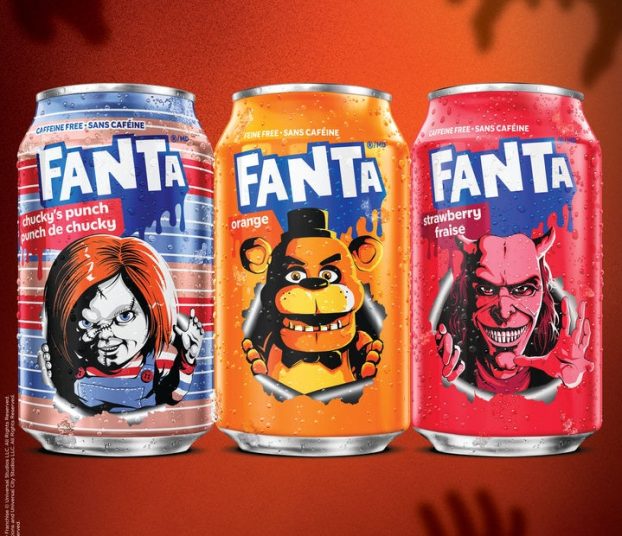Nobody who followed news of the advancing West Nile virus this summer will be surprised to learn that the insect repellent business has doubled in size, but some might be surprised to learn that a 40-odd-year-old brand lead the pack. Not only did SC Johnson’s Off! see a 150% increase in sales, it also boosted its market share, already 75% at the end of last season.
For the least three years, SC Johnson has worked with Toronto’s Harbinger PR to produce effective public relations campaigns. This year the company assigned a budget of $250,000 to $300,000 to media relations – one of Harbinger’s main strengths – to accompany a print, TV, radio, outdoor and in-store campaign from Toronto-based AOR FCB.
The goal
Jordan Berman, VP of Harbinger, says that the main communication objective was to build and reinforce SC Johnson’s expertise in the insect repellent category. A second objective was to position SC Johnson and its spokespeople as leaders in combating the West Nile virus. Third was to generate as many branded mentions of Off! products as possible – generating sales.
One might think of a challenge like this as ‘low-hanging fruit,’ says Berman, but in reality, the West Nile situation and the intense news coverage it received presented a range of problems for SC Johnson. ‘There was a high awareness of West Nile. We had to communicate the importance of protecting oneself without contributing to the anxiety.’
Berman also notes the challenge inherent in ‘being responsible to SC Johnson’s strong corporate positioning as a family-oriented company.’ Or, as Brantford, Ont.-based SC Johnson president Neil Chin says, ‘You have to make sure when you’re delivering the message that you’re not talking about the wrong things.’
A fourth objective was related to the introduction of a new product line: Off! Botanicals, SC Johnson’s first non-deet insect repellent product. SC Johnson had preached the importance of deet in its marketing and PR materials for years and needed to find a way to present an alternate source of protection to a target market interested in chemical-free alternatives.
The strategy
Harbinger set out to educate a broad consumer segment, predominantly female, on the use of insect repellent as part of a multi-pronged strategy for fighting West Nile, including removing standing water, wearing light-coloured clothing and wearing long sleeves. ‘From a credibility standpoint and a truthful standpoint that was very important,’ says Berman.
Also part of the strategy was to create messaging differentiating Off! from the competition – a difficult challenge when the only difference between competing products is the concentration of deet.
Off! got out as early as possible in the season with a line of experts, including entomologists, as credible go-to sources for West Nile virus protection information. ‘They start talking about this in January in the news media so we knew we had to get out early,’ Berman says.
The strategy for Off! Botanicals was to emphasize the importance of purchasing federally registered insect repellent that’s been approved by Health Canada. This sent a strong message. Unlike the deet-based products, the Botanicals line competes directly with home remedies and health-store concoctions that are often undocumented and untested.
The execution
Phase one of the campaign was the introduction of credible spokespeople in B.C, Alberta and Ontario through targeted, regional media advisories including credentials and availability. These were followed up by media materials, including backgrounders on deet, West Nile, and what to look for when choosing a repellent.
Phase two, in early May, was the introduction of Off! Botanicals, which was announced through regional news releases referring back to the spokespeople and offering TV visuals, lifestyle photos for print, and prepared quotes.
Phase three followed five months of heavy coverage with the release of a national public-opinion survey (conducted by Leger Marketing) about consumer West Nile concerns. ‘The key there was to be sensitive to the fact that we released this in early July which was beginning to be the peak period for West Nile. We knew from internal research that there still remained confusion among consumers about how to choose a repellent and this survey showed that confusion remained.’
The final phase involved developing a series of ‘camera-ready stories’ for distribution to community newspapers, including choosing insect repellent, choosing a non-deet repellent, and tips for parents.
Intense media monitoring helped Harbinger keep an eye on where West Nile was in the news throughout the year and allowed for rapid response communications where inaccurate or incomplete information was being distributed.
The results
The result was approximately 20 million branded media impressions and some 80 interviews in media including the Internet, dailies, radio, national, regional, trade, medical community and magazines.
‘One of the metrics,’ says Berman, ‘was that we had a number of repeat interview requests from media outlets. You don’t often get repeated media requests. I think it really spoke to the credible nature of the program and the quality of it.























